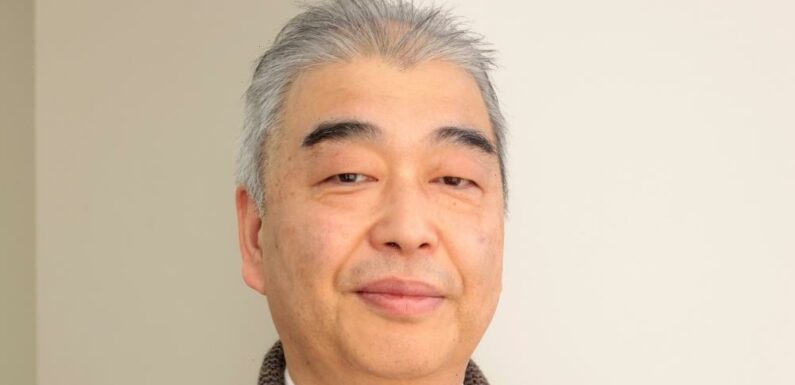
The Tokyo International Film Festival puts considerable store behind its Asian programming. But defining the definition of that sector, its health and direction are all up for debate. Variety caught up with senior programmer Ichizaka Kenji for a reset.
What are the standards and principals you adhere to in programming the Asian Future section?
When the Tokyo International Film Festival was originally started in 1985, there was only one category by the name of young cinema competition. So from the outset the festival has always had the intention to cheer for and support young and upcoming filmmakers. And I would say Asian future category, which was started in 2013, today carries on that spirit most strongly.
We select only world premieres. And the films have to be first, second or third by a director. If there are other excellent films from the region the festival has other sections, so we discuss these with the chairman.
What definition of Asia do you use? There are many.
Actually, there is a definition provided by the Ministry of Foreign Affairs of Japan, which includes only up to Pakistan. The area, including and west of Afghanistan is given another regional name. Our definition is more or less like Asia Pacific, including the Middle East. And we have included Australia and New Zealand films in the past. I think it’s easier for Japanese audience or Japanese people to accept because there is something like the marine road that connects us to that area.
We started to include the Middle East after 9/11. Because since that incident we felt strongly that we must make efforts to try and understanding the Islamic culture. The Islamic cultural area extends from the Middle East all the way to Indonesia or the Philippines. So rather than dividing that long corridor of Islamic influence in the middle, we felt we should be more inclusive.
The Asia-Pacific region, so defined has vastly different cinema standards, traditions and available budget. Do you make allowances for these differences when selecting?
That’s true. But, rather than looking at the situation in which the films were created, we look at the theme of the films and what it is that they are trying to tell through their works. And there is common ground. A story about the Aborigines of Australia could be linked to the indigenous people of other countries – or refugees, immigrants and minorities. There are many films that depict women’s struggles for example, as well as sexual minority groups’ struggles. And so, there is a case for putting them in the same section.
The second point I look is the grammar of the narratives. There may be something new and desirable there, even if it’s in a rough state. We call this section Asian Future after all.
So how well is Asia doing?
The COVID 19 pandemic created such a variety of different conditions – masks, no masks, people acting as if nothing had happened – both in terms of the film making environment and the content of their films – that the landscape is quite varied. I expect things will settle and we will be able to see the future more clearly.
Streaming is affecting and changing cinema. Theatrical cinema is focusing increasingly on big budget spectacles [meaning that] independent cinema and arthouse cinema, are being somewhat pushed to the margins. So, is streaming now where independent Asian cinema has its future?
We were forced [by the pandemic] to stay home for some time. I got to watch a lot of films I had missed before, thanks to streaming. I have no intention of negating stream at all.
But when you compare big commercial theatres and art houses, to me they look like a theme park versus an art museum. Commercial theatres are like a theme park, where a large number of people rush in, spend time and then all rush out on a large scale. Whereas an art museum will be exhibiting something really precious. There is one in a city. And those people who really love art would make time to go there. I hope that these both can co-exist. It’s certainly my wish that they do.
These arthouses need support from the government and from some public organizations, which is not really happening enough in Japan.
Do you think Asian cinema is getting the global recognition that it deserves?
Compared with twenty or thirty years ago, they are getting more attention for sure. At the three major film festivals many Asian films are now being screened. In the past, there were times when only one representative filmmaker from each Asian country would be introduced: Kurosawa from Japan, Satyajit Ray from India. Now many filmmakers are introduced. And many win awards. Getting back to what I said earlier about common themes facing humanity, Asian films are doing better than European or American films in terms of introducing the issues. And for that reason, they are being noticed more than before. That said the commercial distribution system is still very much focused on American and European films. So, in that respect, streaming could be useful in introducing relatively unknown films made in less well-known countries.
The Tokyo festival is co-organizer of the Asian Film Awards, but the awards have not taken place this year.
They will continue. They are co-sponsored by the Hong Kong, Busan and Tokyo film festivals. And I am on the board. Because of the pandemic, some activities have become irregular. Buts they’ll be restarted next year.
Read More About:
Source: Read Full Article